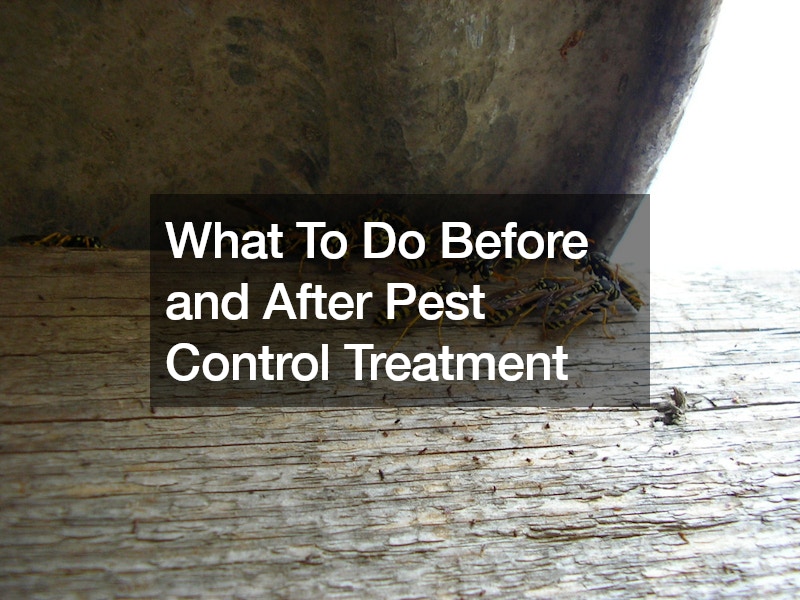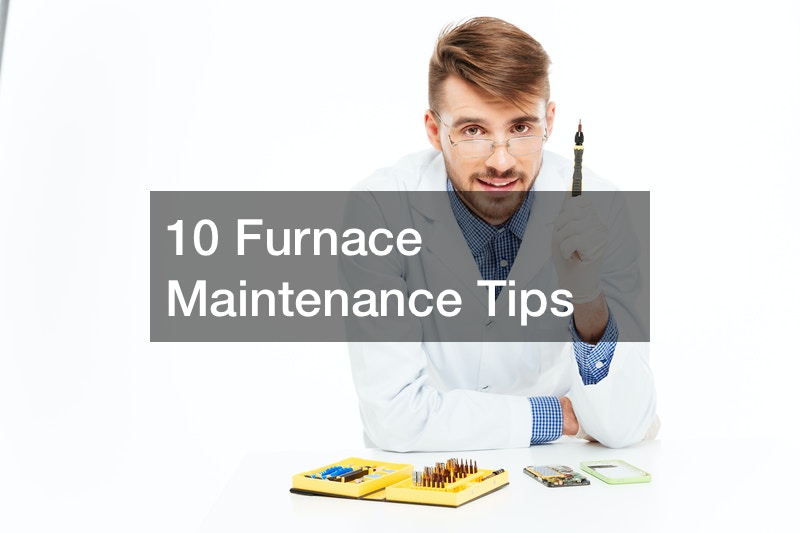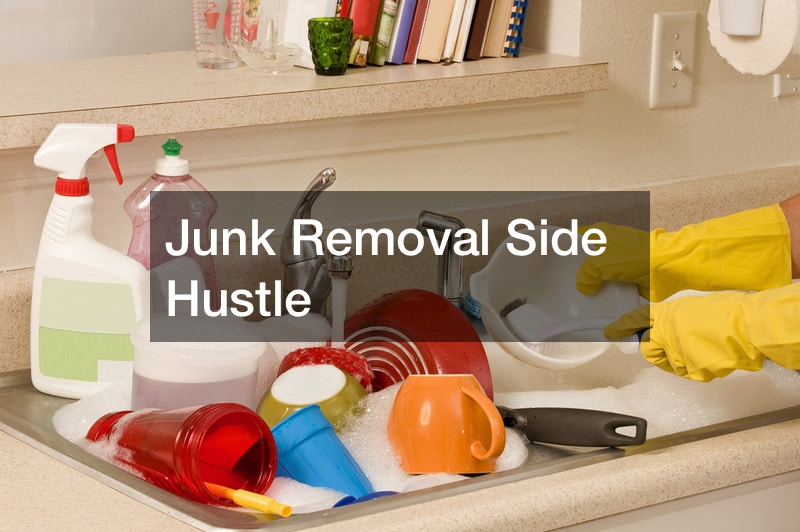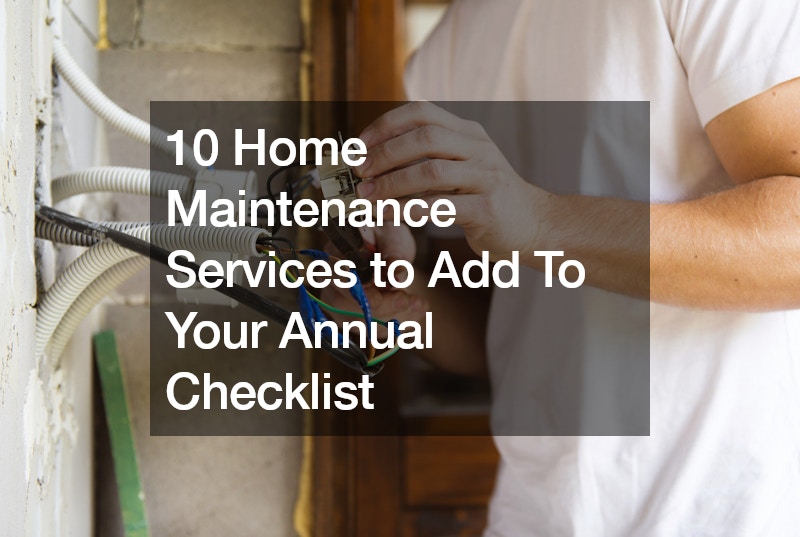
Pests can be a nuisance, infiltrating our homes and causing havoc to our peace of mind. Whether it’s ants marching across the kitchen counter, cockroaches scurrying in dark corners, or rodents rummaging through pantries, dealing with pests is a common challenge for homeowners. While pest control treatments can effectively address these issues, proper preparation before and careful actions after the treatment are essential to maximize its effectiveness and ensure safety for both occupants and pets.
Before Pest Control Treatment
1. Identify the Pest: Understanding the type of pest infestation is crucial for determining the appropriate treatment method. Different pests require different approaches, so accurately identifying the pest will help pest control professionals to tailor their strategy for optimal results.
2. Clean and Declutter: Pests thrive in cluttered and dirty environments. Before the pest control treatment, thoroughly clean your home, paying particular attention to areas where pests are likely to hide or nest. Decluttering not only exposes hiding spots but also enhances the effectiveness of the treatment by eliminating potential barriers.
3. Store Food and Utensils: Store food, utensils, and pet food in sealed containers. This prevents contamination from pesticides and keeps pests from accessing food sources during and after the treatment.
4. Seal Entry Points: Inspect your home for any cracks, gaps, or openings that pests could use to enter. Seal these entry points to prevent future infestations and to make the treatment more effective.
5. Protect Sensitive Items: Cover or remove sensitive items such as aquariums, pet bedding, and plants. Some pest control treatments may be harmful to certain items or organisms, so it’s essential to take precautions to safeguard them.
6. Arrange for Pet and Family Safety: During the treatment, it’s advisable to keep pets and family members, especially children and elderly individuals, away from the treated areas. Consider arranging temporary accommodation for pets if necessary, and follow any safety instructions provided by the pest control professionals.
After Pest Control Treatment
1. Follow Instructions: Pest control professionals will typically provide specific instructions to follow after the treatment. It’s crucial to adhere to these instructions carefully to ensure the effectiveness of the treatment and minimize any potential risks.
2. Ventilate: Proper ventilation helps to dissipate any lingering odors and chemicals from the treatment. Open windows and doors, and use fans to facilitate airflow. However, be cautious not to undermine the treatment by allowing pests easy access back into your home.
3. Clean Thoroughly: Wait for the recommended time before cleaning the treated areas. When cleaning, use mild detergents and avoid harsh chemicals that could interfere with the residual effects of the treatment. Focus on areas where pests commonly dwell, such as kitchen cabinets, baseboards, and behind appliances.
4. Monitor Effectiveness: Keep an eye out for any signs of pest activity following the treatment. While it’s normal to see some pests immediately after the treatment, a significant reduction in their numbers should be noticeable within a few days. If the problem persists, contact the pest control company for further assistance.
5. Preventive Measures: To prevent future infestations, maintain cleanliness, seal entry points, and address any conducive conditions that may attract pests. Regular inspections and proactive pest management strategies can help minimize the need for future pest control treatments.
6. Communicate with Professionals: If you have any concerns or questions after the treatment, don’t hesitate to contact the pest control company. They can provide guidance, reassurance, or additional services if necessary.
By taking proactive steps before and after pest control treatment, you can ensure a more successful and long-lasting solution to your pest problems. Remember that pest control is not just a one-time fix; it’s an ongoing process that requires cooperation between homeowners and pest control professionals to maintain a pest-free environment.
Additional Tips:
7. Stay Informed: Educate yourself about common pests in your area and their habits. This knowledge can help you identify potential issues early and take preventive measures.
8. Practice Good Hygiene: Keep your home clean and tidy to reduce the attractiveness of your living space to pests. Regularly dispose of garbage, clean spills promptly, and avoid leaving food out in the open.
9. Seek Professional Advice: If you’re unsure about the severity of a pest infestation or the best course of action, don’t hesitate to seek advice from pest control professionals. They can assess your situation and provide tailored recommendations.
10. Be Patient: It may take some time for the full effects of the pest control treatment to become apparent. Be patient and continue to follow post-treatment guidelines to ensure the best outcome.
By incorporating these additional tips into your pest control routine, you can further enhance the effectiveness of treatments and minimize the risk of future infestations.
.




